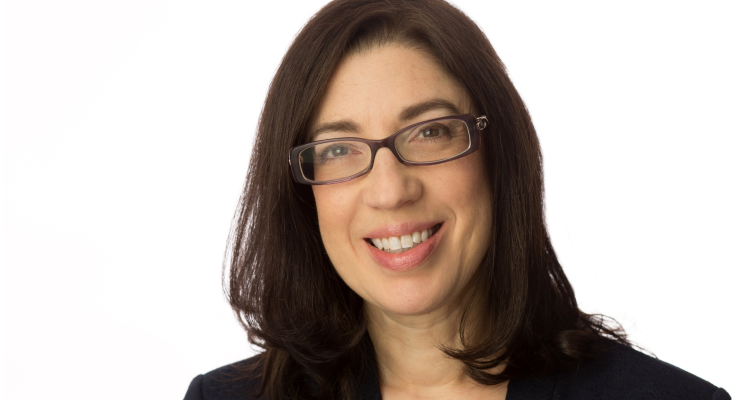
I have a 401(k) with $120,000 in it. I’m 74 and getting the required minimum distribution at the end of each year. Do I need a retirement planner to help handle the withdrawal?
– Susan
While technically you don’t need a financial advisor to handle your retirement account withdrawals, it can be useful to talk with one. Between deciding which investments to liquidate, navigating potential tax implications and making sure you withdraw the right amount to satisfy your required minimum distribution (RMD), having a professional in your corner can help you make the most of your retirement money.
Do you have retirement planning questions? Speak with a financial advisor today.
What Are RMDs?
Required minimum distributions (RMDs) are the absolute minimum withdrawals that the U.S. tax code requires you to take from pre-tax retirement accounts. These distributions must be taken from most types of accounts, including:
- Traditional IRAs
- 401(k) plans
- 403(b) plans
- 457(b) plans
- SEP IRAs
- SIMPLE IRAs
- Rollover IRAs
Since you haven’t paid any tax on this income yet, the IRS wants to make sure that you do. That’s why they force you to take distributions once you turn age 73, regardless of whether or not you need the money.
There are strict rules in place about the timing and amount of these distributions, with big penalties for getting it wrong. The IRS charges a hefty 25% of the amount not taken in time, and that can put a big dent in your savings.
How to Calculate RMDs

RMD calculations are based on the amount of money that’s in your pre-tax retirement accounts and your expected longevity.
Start with the year-end balance from your retirement account from last year. Then look up the RMD factor factor that corresponds with your age from the appropriate IRS Life Expectancy Table.
For example, imagine a retiree named Cameron with $150,000 in an IRA on Dec. 31, 2022. Since Cameron is 74 years old in 2023 and his situation fits the Uniform Lifetime Table (the table that most people use to calculate their RMDs), his RMD factor would be 25.5. To figure out his RMD, he then divides his balance of $150,000 by a factor of 25.5. That calculates to an RMD of $5,882.35 for 2023.
You don’t have to take the RMD all at once – you can break it up into a series of payments throughout the year if that’s easier for you. You can also take more than your RMD if you need to. This is just the minimum withdrawal you’re required to take. (And if you want to talk through your RMD calculations with a professional, speak with a financial advisor.)
How to Take Your RMDs
Many people have multiple retirement accounts, and that affects their RMD calculations. Technically, you have to calculate separate RMDs for each of your retirement accounts. But you can take one big summed-up RMD from any of the accounts if that’s easier for you. For example, if you have five IRAs, each with a $2,000 RMD, you can withdraw $10,000 from just one of those accounts or any other combination, as long as you hit the $10,000 total.
These aggregation rules have an exception: If you have more than one 401(k), you have to take separate RMDs from each one.
There’s another special rule for workplace plans. If you’re still working and don’t own more than 5% of the company you work for, you don’t have to take RMDs from that company’s plan until you stop working there.
Meanwhile, if you’re married, you and your spouse each must take your RMDs from your own separate accounts, even if you file a joint tax return.
Taking an RMD is not quite as simple as taking money out of a savings account. Since most people’s retirement accounts are invested, you’ll probably have to sell off, or liquidate, investments to convert them into cash. That’s where working with an advisor can come in handy. (And if you need help finding an advisor, consider using SmartAsset’s free advisor matching tool.)
The Tax Effects of RMDs

RMDs increase your taxable income, so they also increase your tax bill. That can lead to a nasty balance that’s due when you file your annual income tax returns if you haven’t made any federal or state tax payments.
In addition, RMDs increase your adjusted gross income (AGI), a tax number used to determine other aspects of your taxable income. For example, AGI affects your ability to take advantage of certain tax credits or deductions. In most cases, RMDs will increase your tax bill. In order to avoid IRS penalties, you may need to either make estimated tax payments or have taxes withheld from your distributions.
Reducing the amount you need to take in RMDs will lower your AGI, your taxable income and your overall tax bill. (And talking with a financial advisor can help you finalize any questions you may have.)
Planning for Optimal Withdrawals
Figuring out the correct RMD from each retirement account is just your starting point. From there, you’ll have a few things to consider, including:
- Which retirement account to take the RMDs from
- Which securities should be liquidated to make the withdrawals
- Whether you should make a qualified charitable distribution (QCD) to avoid taxation on your RMD
- How much money you need to withdraw from your retirement accounts to live the way you want to
- Whether it makes sense to automate your retirement account withdrawals
- How much tax (if any) should be withheld from your distributions
- Whether your beneficiary designations are set up properly
That’s a lot to navigate alone, which is why it often makes sense to work with a financial advisor. They can help you make sure you’re getting the most out of your retirement savings and not lose more than necessary to taxes. (And if you need help finding a financial advisor, consider finding one with SmartAsset’s tool.)
Bottom Line
Calculating your RMDs is relatively easy, but there’s a lot more that goes into effectively managing these mandated withdrawals, including which investments to sell and the tax impact of these transactions. While you might not need a financial advisor to do all of this for you, it’s a good idea to at least talk with one before you start taking distributions.
Tips for Finding a Financial Advisor
- Finding a financial advisor doesn’t have to be hard. SmartAsset’s free tool matches you with up to three vetted financial advisors who serve your area, and you can have a free introductory call with your advisor matches to decide which one you feel is right for you. If you’re ready to find an advisor who can help you achieve your financial goals, get started now.
- A lot goes into hiring a financial advisor. You’ll want to consider the services they offer, how much they cost and their credentials, to name a few. That’s why we compiled a comprehensive guide for finding and choosing a financial advisor.
Michele Cagan, CPA, is a SmartAsset financial planning columnist and answers reader questions on personal finance and tax topics. Got a question you’d like answered? Email AskAnAdvisor@smartasset.com and your question may be answered in a future column.
Please note that Michele is not a participant in the SmartAdvisor Match platform, and she has been compensated for this article. Some reader-submitted questions are edited for clarity or brevity.
Photo credit: ©iStock.com/PeopleImages, ©iStock.com/zamrznutitonovi